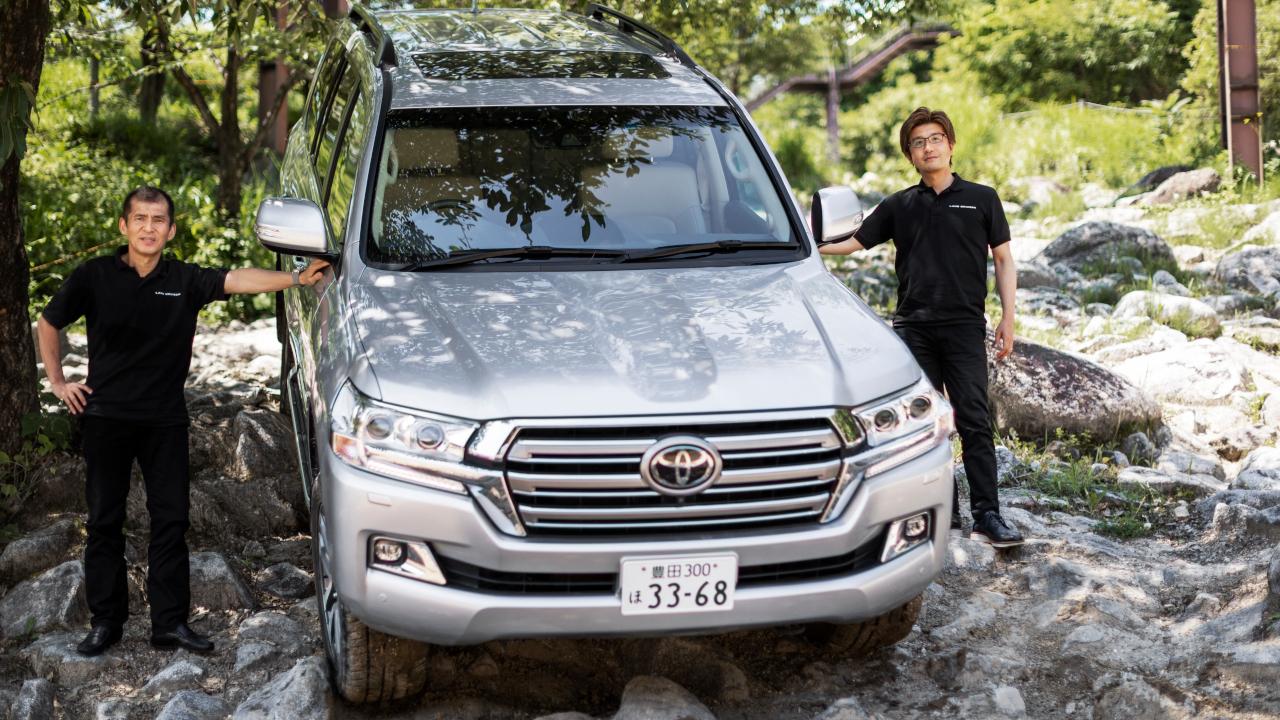
The all-new Land Cruiser, the latest 300 Series made its debut in June 2021, as the year marks the model's 70th anniversary. Two engineers who lead the Land Cruiser development talk about what it has been true to in its long history, representing Toyota's three strengths in quality, durability, and reliability.

Why a Land Cruiser must offer reliability, durability, and drivability on rough terrain
On June 10, 2021, Toyota unveiled its latest Land Cruiser 300 Series in an online world premiere. This year marks the 70th anniversary of the Land Cruiser, which started with the arrival of the first-generation BJ Series in 1951.
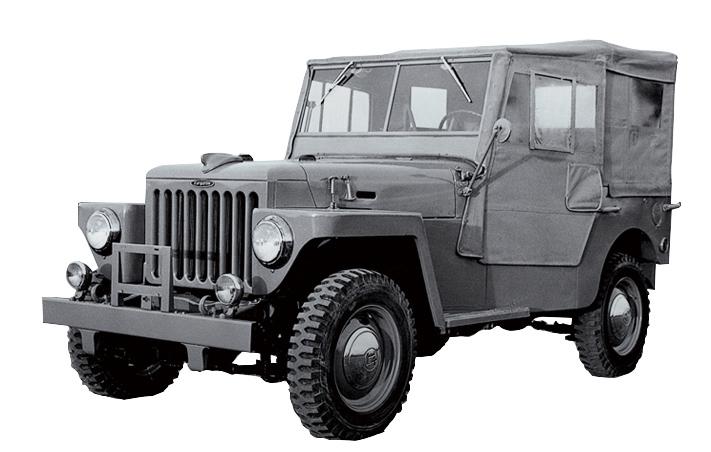

Now available in 170 countries, the Land Cruiser lineup consists of three different series directly descended from the original BJ: the mainstay “Heavy Duty” 70 Series, the flagship Station Wagon (of which the 300 Series is the latest model) showcasing the latest technology, and the “Light Duty” Prado, designed for more conventional, wide-ranging use. Toyota has produced a total of more than 10 million Land Cruisers, behind only its Corolla and Hilux models.
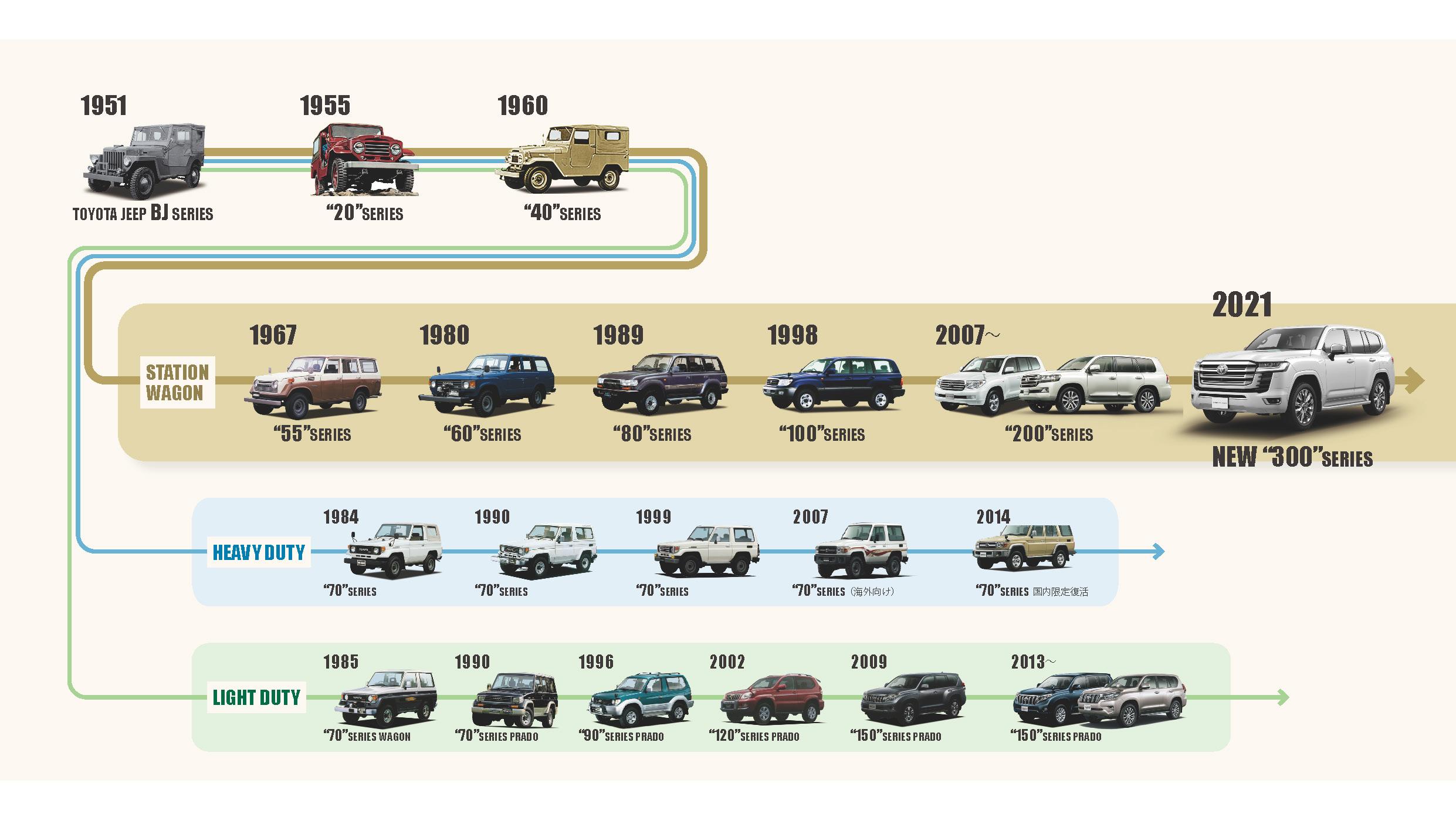
To find out where the Land Cruiser stands on its 70th anniversary, the Toyota Times editorial team spoke with two current chief engineers, Sadayoshi Koyari and Takami Yokoo, about the model’s history and philosophy, from its beginnings to the present.
Known as “Mr. Land Cruiser”, Koyari is currently in charge of the 70 Series and Prado. Joining Toyota in 1985, his involvement in Land Cruiser development began with chassis design for the Hilux. Koyari describes his firsthand experience of the Land Cruiser’s origins.

Koyari
After many years of requesting to be involved in Land Cruiser development, I was finally transferred to the product planning division in 2001. Right away, Watanabe, who was the Land Cruiser’s chief engineer at the time, sent me to meet with customers in the Middle East, so I set off. This was back when Dubai only had about two skyscrapers. The experience gave me an immediate understanding of the trust customers place in the Land Cruiser.
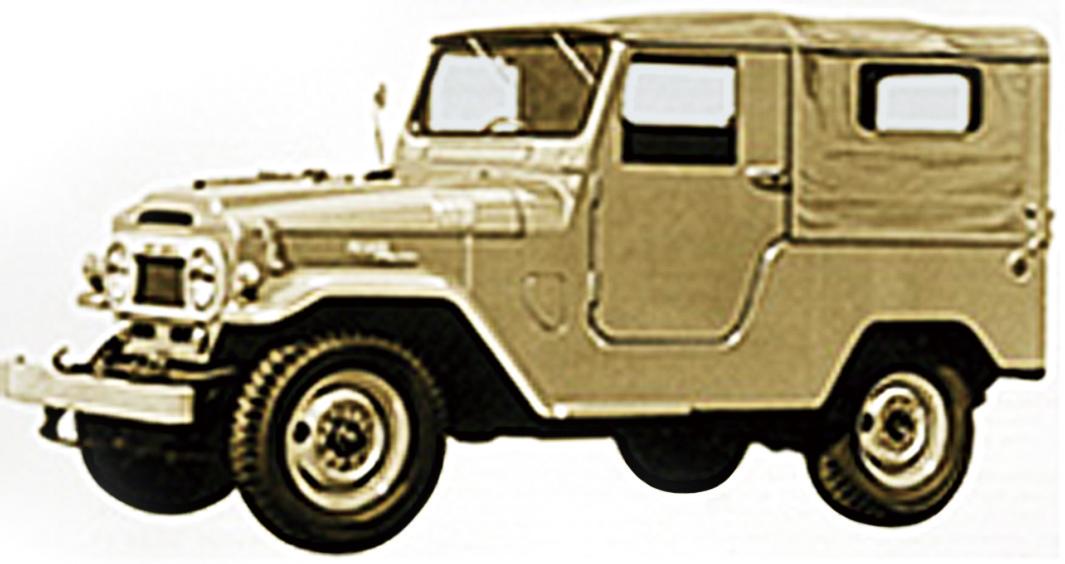

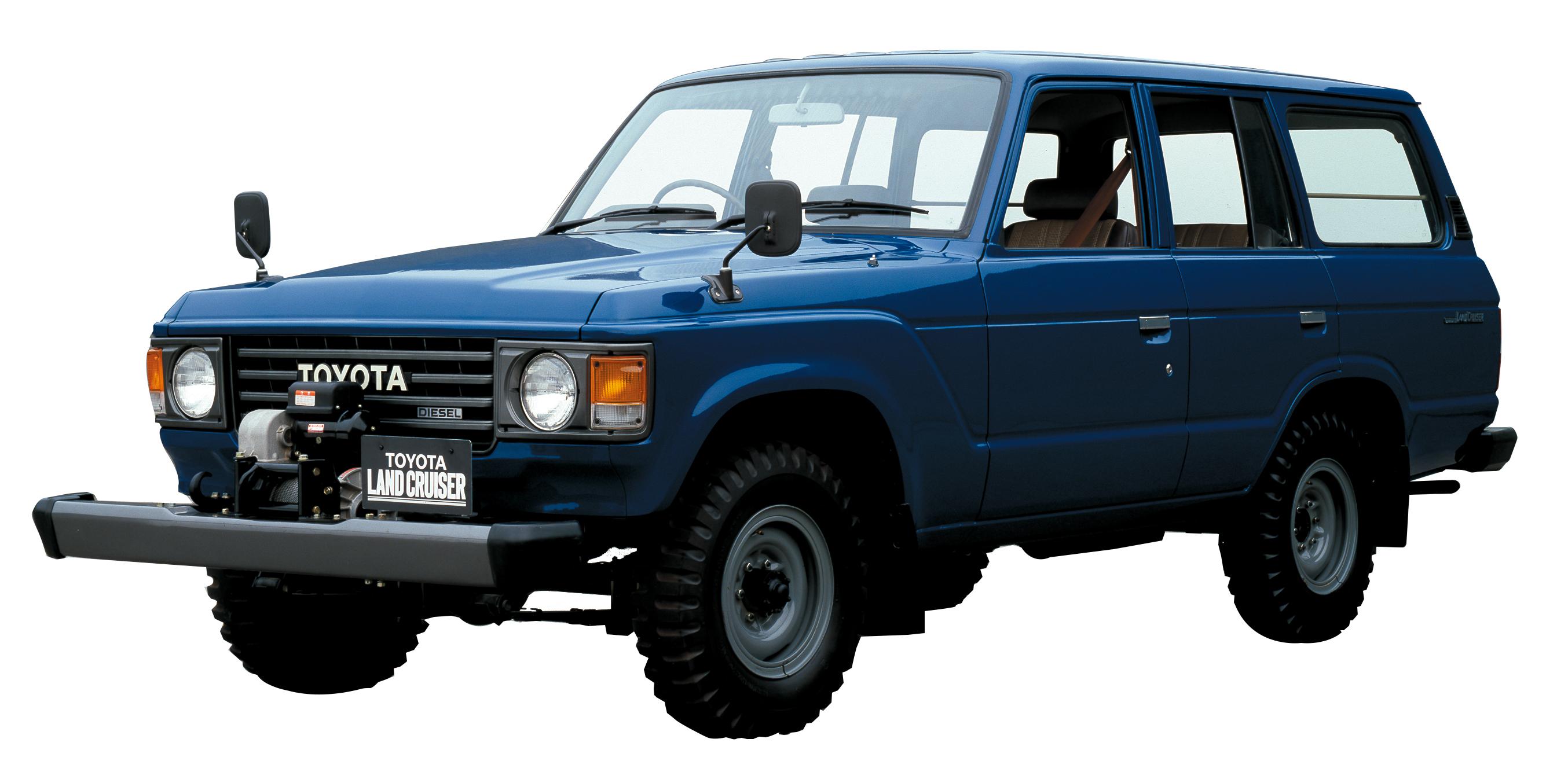
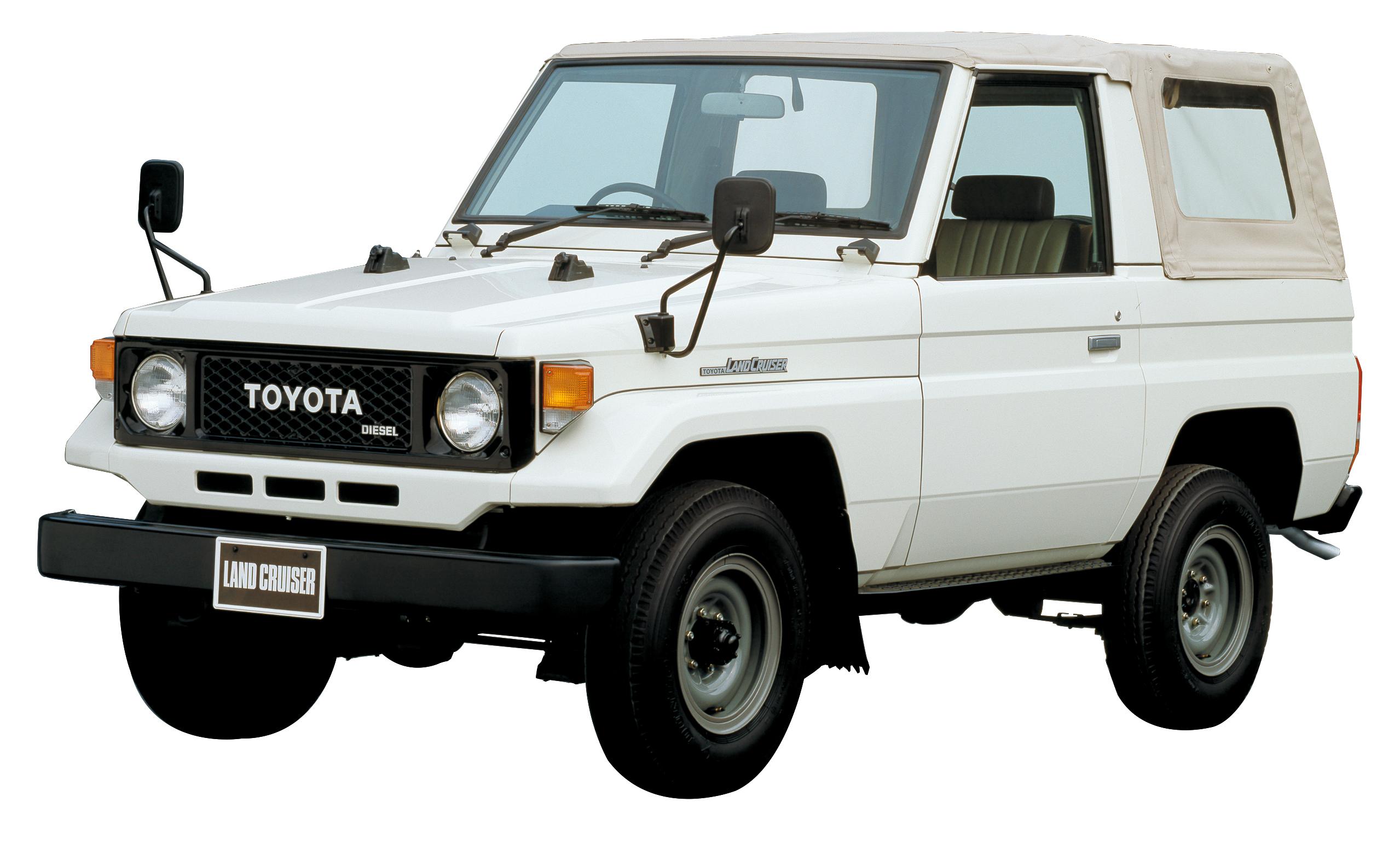
The Middle East is known for its deserts. In the region’s largest country, Saudi Arabia, a single highway stretches through the desert to link the capital Riyadh with the commercial hub of Jeddah, a distance of some 920 to 930 kilometers. Locals barrel down that road as fast as possible in temperatures above 50 degrees Celsius. In that heat, you want to head straight for the destination and avoid stopping at all costs.

The country’s south, meanwhile, is mountainous, with punishing mountain roads that run along the borders between the various nations on the Arabian Peninsula. Along the flat desert coastlines of the UAE and Oman, Land Cruisers are used by seine fishermen to haul in nets, and also as vehicles for the police or sightseeing tours through the desert. In short, the Land Cruiser is a car that sustains the lifestyles of local people.
Visiting the area gave me a firsthand sense of why drivers continue to seek “Land Cruiser-ness”, the core attributes that we have cultivated since the first generation – reliability, durability, and drivability on rough terrain.
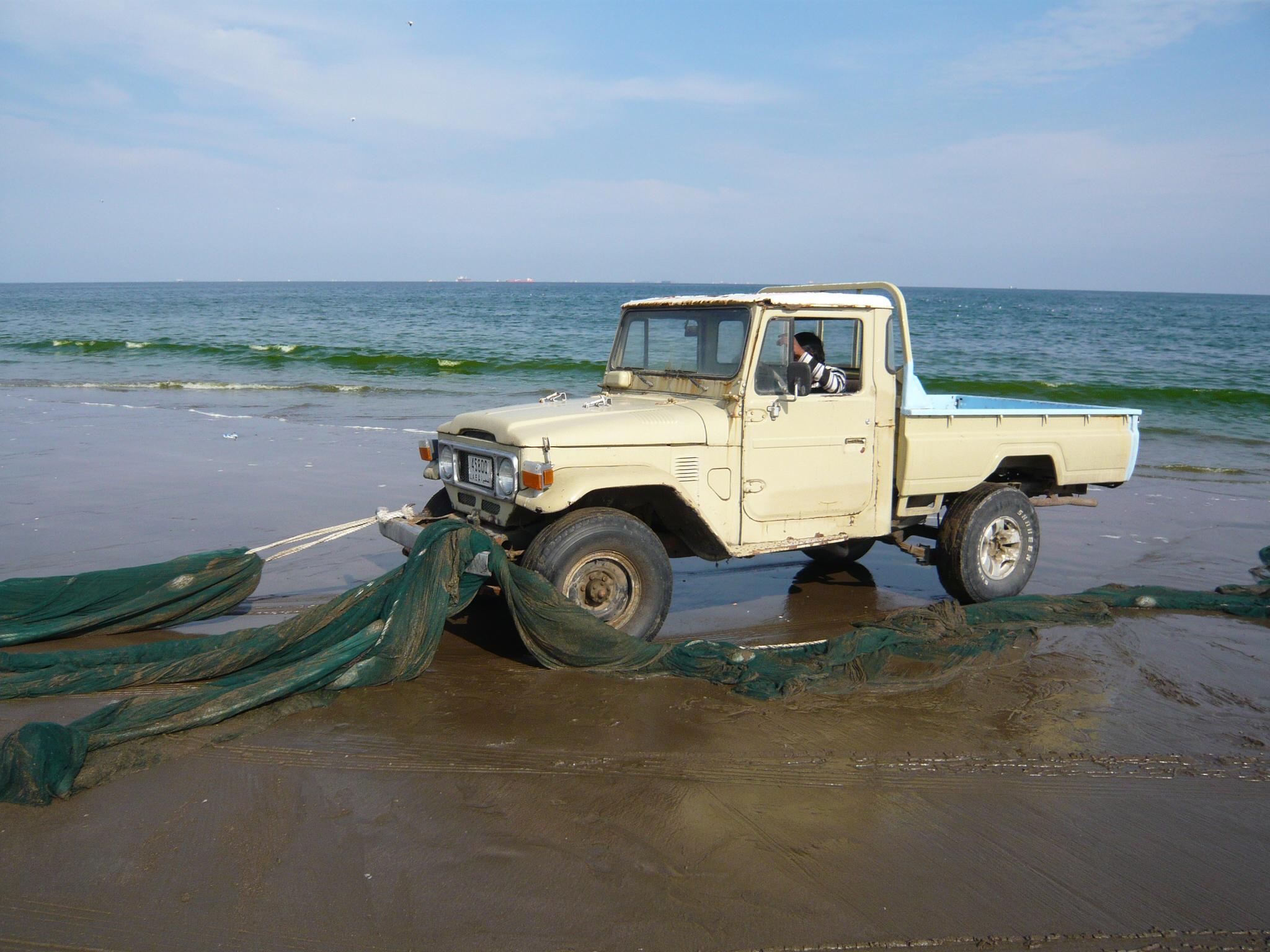
Behind that “go anywhere & everywhere and come back alive and safe” reputation
Takami Yokoo began his time at Toyota designing drivetrain components, before becoming involved in Land Cruiser development in the mid-2010s. Having served as chief engineer for the 300 Series, Yokoo recalls his own “genchi genbutsu” experience.
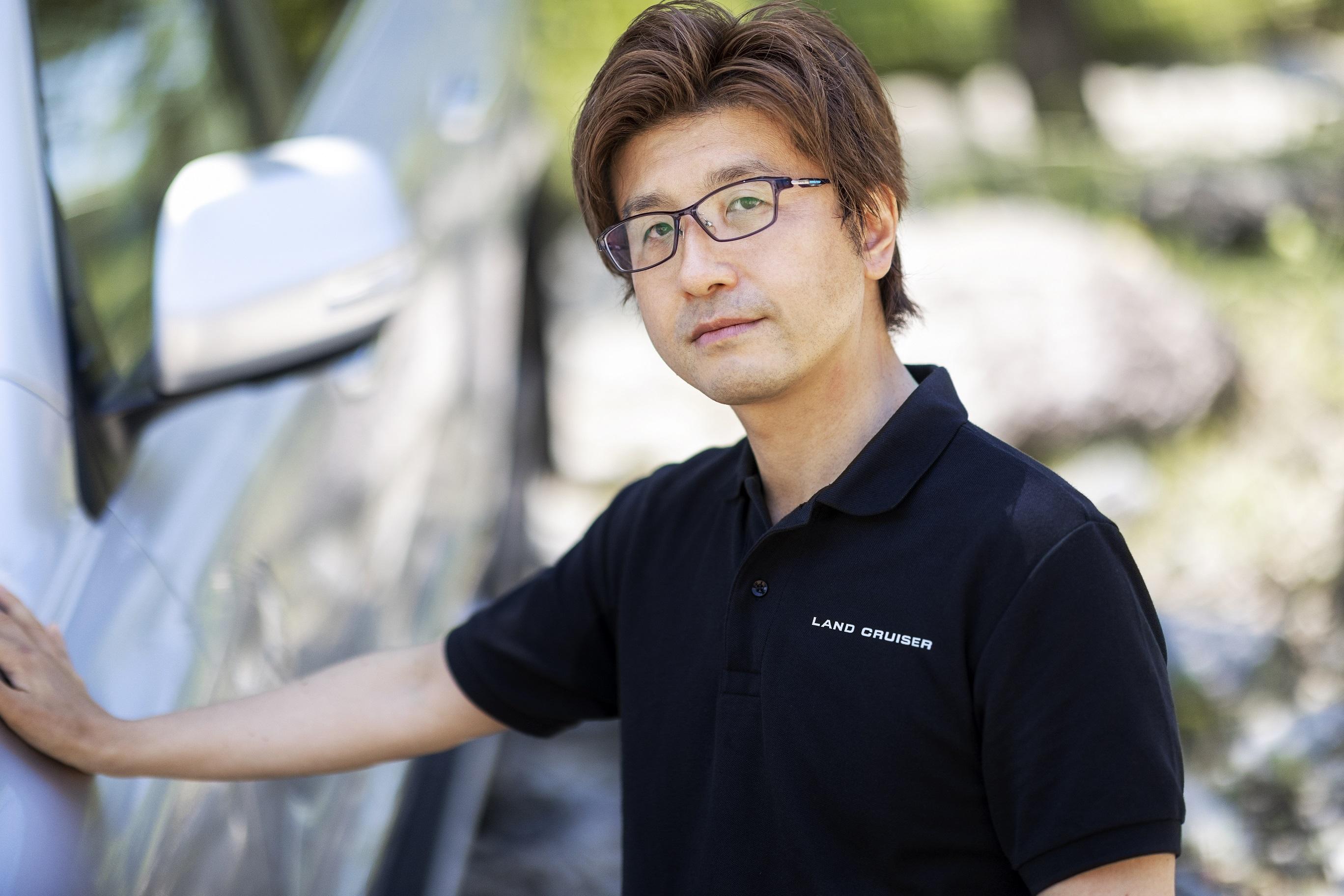
Yokoo
In 2014, when Koyari was chief engineer for all three series (Station Wagon, Heavy Duty, Prado), I transferred from the drivetrain design team to the department that oversees overall vehicle development.
As I was wondering how they would give me an overview of the entire development process, my first assignment was to visit Australia. This was within the framework of the 5 Continents Drive Project*, which has unfortunately been suspended due to the COVID-19 pandemic. For development engineers such as myself, seeing local conditions for ourselves revealed countless things that we never would have known by staying in the office.
*Based on the “roads train people, and people make cars” ethos that underpins Toyota’s motorsports activities, this project involves Toyota employees driving across five continents as a way to “make ever-better cars” by developing the people who build them.
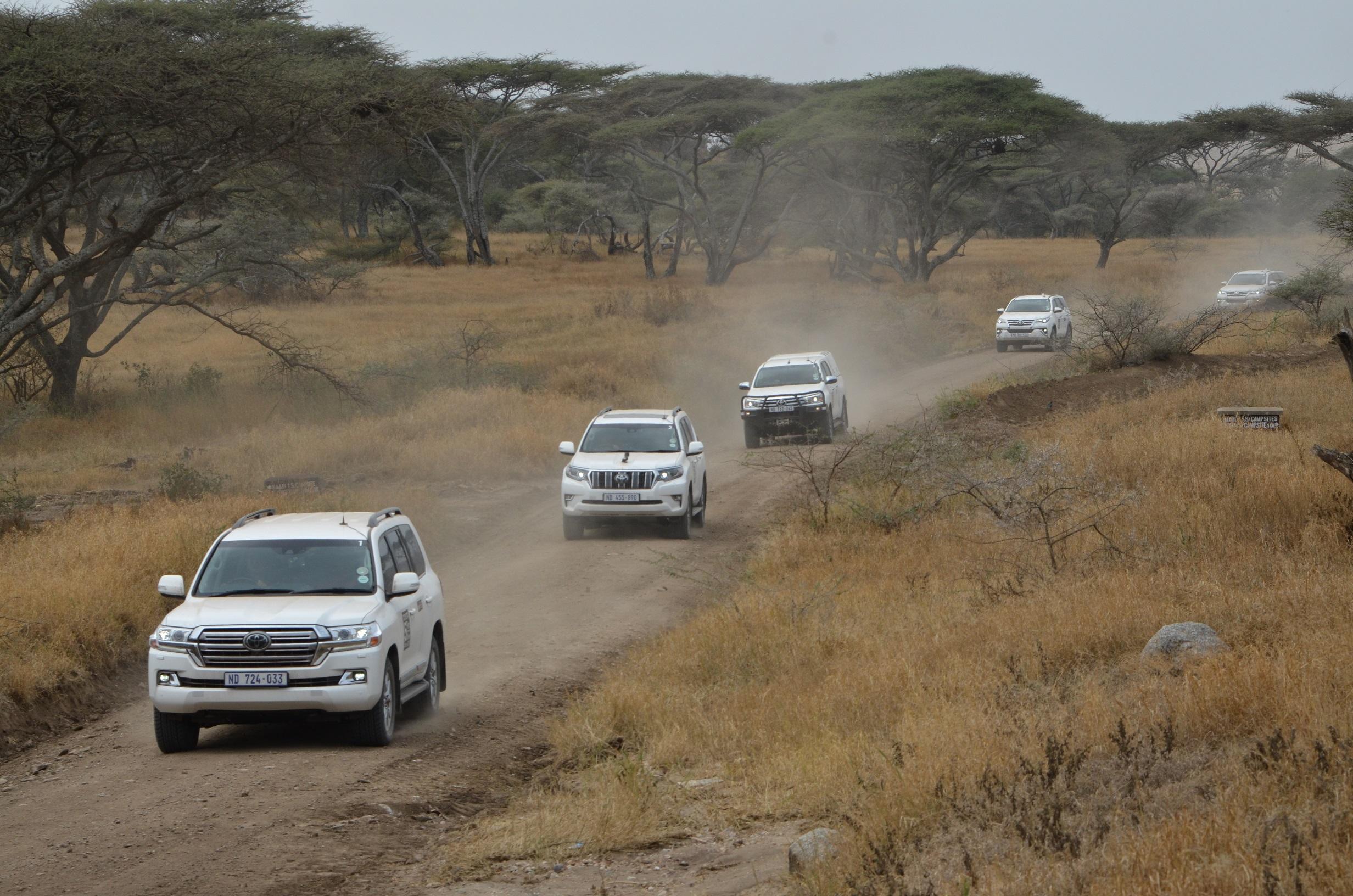
In Australia, for example, one customer who runs a crocodile park told us how Land Cruisers had helped his business grow since the very beginning. The inland areas, known as “the outback”, contain many graded yet unpaved roads, some rutted to resemble washboards, others where visibility is obscured by dust for several minutes whenever a car passes along.
Meanwhile, rains can cause streams that cut across roads. Locals spend hours tearing down these unbelievably rough roads. That’s how our cars are used. It might sound strange, but the experience showed me the reality and the context behind the Land Cruiser’s reputation among customers as a vehicle that allows them to go anywhere & everywhere and come back alive and safe.

Today, some 90 percent of Land Cruisers sold in the Japanese market are Prados, while station wagons make up around 10 percent.
On the other hand, station wagons account for the majority in the Middle East, where comfort is a priority, while in the Land Cruiser’s “second home” of Australia, sales are fairly even across all three lines, including the 70 Series.
In Africa, where vehicles often need to take on ungraded roads, the practical aspects of the 70 Series make it the dominant choice, but there is also significant demand for Station Wagons from international organizations involved in humanitarian aid, medical care, and educational activities.
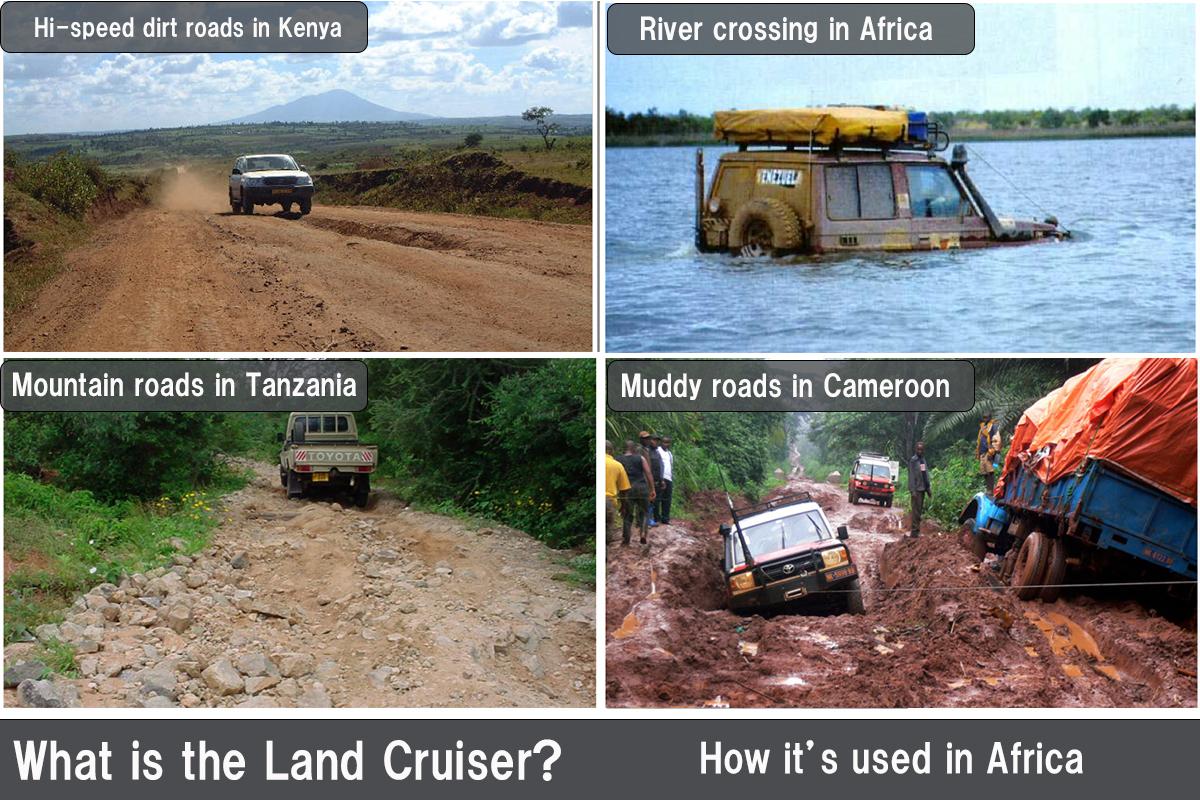
Given that it is used in environments vastly different from Japan, the Land Cruiser’s development requirements go beyond merely achieving an assortment of target specifications.
To ensure that each successive model has the same reliability, durability, and drivability on rough terrain, developers must start with genchi genbutsu – to personally see and feel the fact that these cars are a lifeline for the people on-board, contributing to their livelihoods and communities.
Failure of first BJ Series not being chosen by U.S. military served as motivation
“The development of the original BJ Series came about when, in 1950, the American military and the National Police Reserve (predecessor of the Self-Defense Forces) requested a new 4WD vehicle,” tells Koyari.
“As many people know, Mitsubishi’s CJ3B Jeep was ultimately chosen for its compatibility with U.S. military vehicles. But Hanji Umehara, who oversaw the development of the first-generation BJ Series, was confident that the car they had made was as good as any jeep. After an American military’s jeep managed to reach the fifth station on Mt. Fuji, Toyota set itself the challenge of going higher.”
According to Koyari, who has scoured articles and documents from that time, the BJ’s ascent of Mt. Fuji began from Yoshida-guchi, taking around three hours to reach the fifth station. From there, however, the drivers risked their lives scaling a trackless, rocky path. That they needed six hours to climb from the fifth to the sixth station suggests the arduousness of their task.
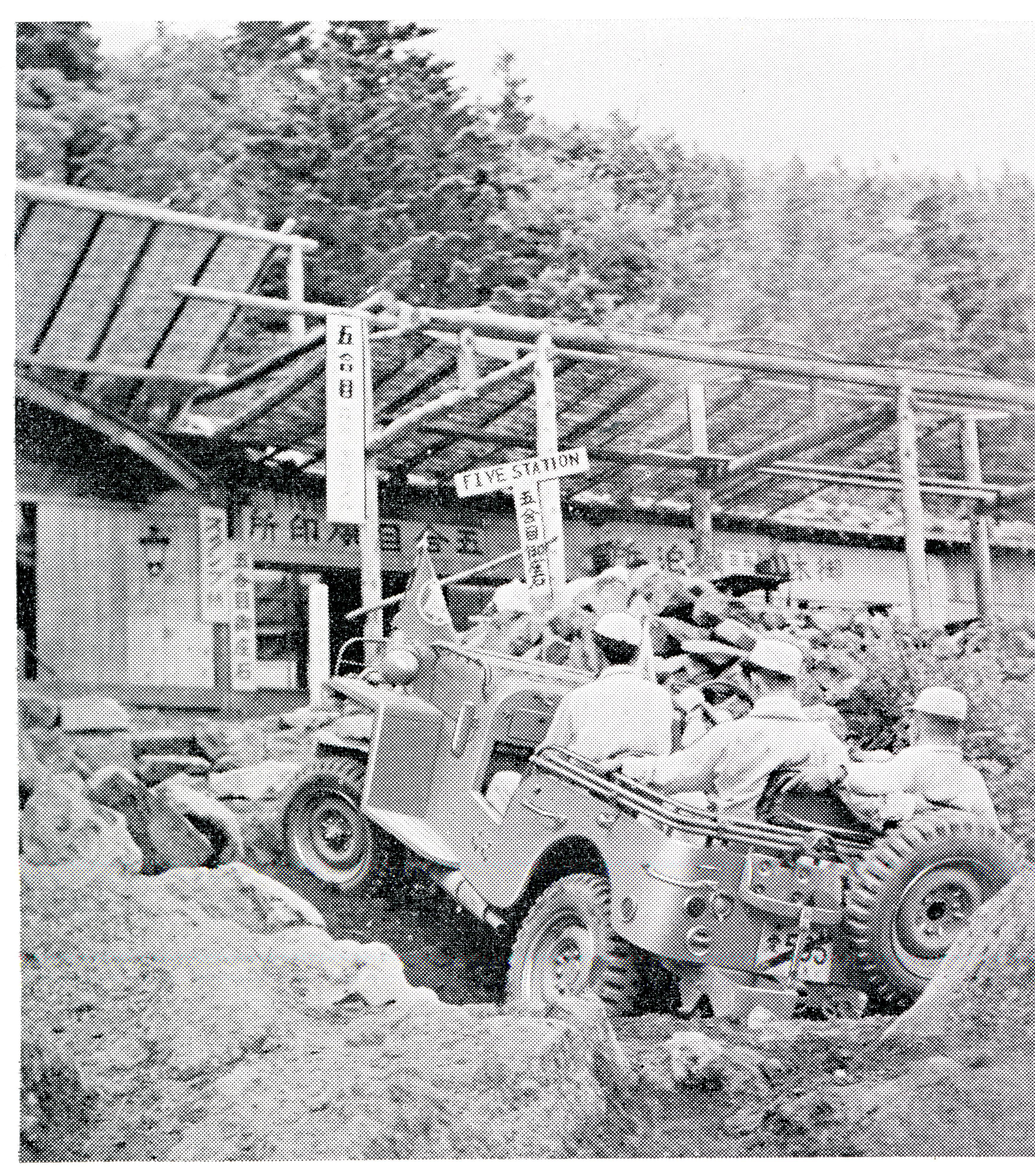
Koyari
Though not exactly history repeating itself, the team learned from the story of Heikuro Magaki, an early Edo-period equestrian master who climbed the stairs of the Atago Shrine on horseback. Upon checking the site, they found that handrails would pose a problem, so they took the Land Cruiser to attempt similar stone steps at Mt. Fudo in Okazaki City.
Just as Heikuro had done, test driver Heiichiro and his team achieved the spectacular feat by ascending and descending in a zigzag manner. That shows how much confidence they had in the Land Cruiser they had built.
As the person who gave the Land Cruiser its name, Umehara’s faith and love for the car ran deeper than most, but it also stemmed from the model’s rocky start. It was based on the bitterness of being rejected by the American military, rather than immediately winning trust.
Umehara said that “a car without (the developer’s) confidence will not inspire trust”. When the Crown was struggling with quality issues on the freeways in the American market, at a time when Toyota had established itself in the U.S. but cars weren’t selling, our sole success was the Land Cruiser.
As a side note, Toyota named its announced lunar rover the “Lunar Cruiser”. It is intended as a counterpart to the terrestrial Land Cruiser, a second “cruiser” that will run on the surface of the moon. The news made me swell with emotion, to see how highly Toyota regards the Land Cruiser.
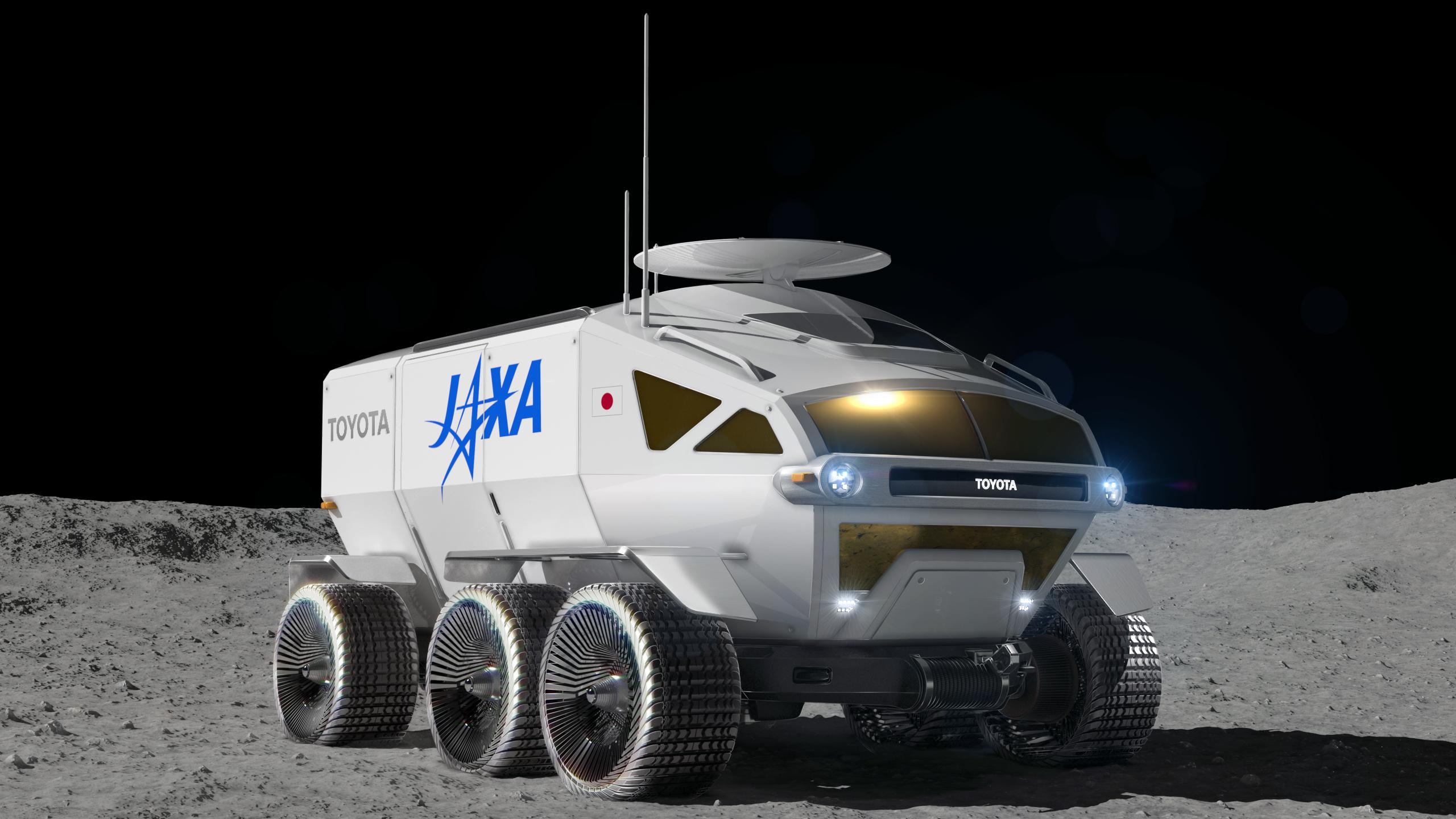
Whereas confidence is a genuine belief in oneself, trust comes from others. In the case of the Land Cruiser, that trusted reliability can be traced back 70 years to the original model.
In Part 2, the two engineers discuss the Land Cruiser’s development philosophy of genchi genbutsu, vehicle evaluation, and surpassing previous models, as passed down from the original BJ Series. (Continues in Part 2)
Sadayoshi Koyari
Project General Manager, MS Product Planning, Mid-size Vehicle Company
Koyari joined Toyota Motor Corporation in 1985. As part of Engineering Division 1, he worked on chassis design for the Hilux and Land Cruiser Prado. From 1996, he was responsible for product development at Toyota Development Center 3; Since 2001, Koyari was involved in product development for the Land Cruiser and the new frame platform as Project General Manager. In 2007, he was appointed Chief Engineer at Toyota Development Center 1, and is currently in charge of the Land Cruiser 70 Series and the Land Cruiser Prado.
Takami Yokoo
Project General Manager, MS Product Planning, Mid-size Vehicle Company
Yokoo joined Toyota Motor Corporation in 2000. As part of the Drivetrain Design Division, he was involved in differential design for the Land Cruiser and Land Cruiser Prado, and torque vectoring system development for the Lexus RC F. From 2014, Yokoo was responsible for ZJ product development at the Product Planning Division; in 2017, he handled minor changes for the Land Cruiser Pardo before being assigned ZJ Project General Manager in 2019. Currently, Yokoo is in charge of the Land Cruiser 300 Series.

